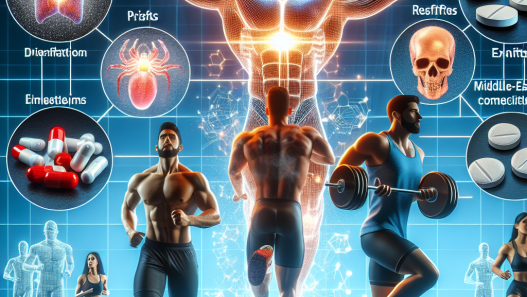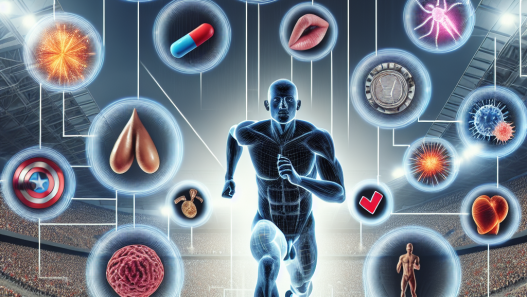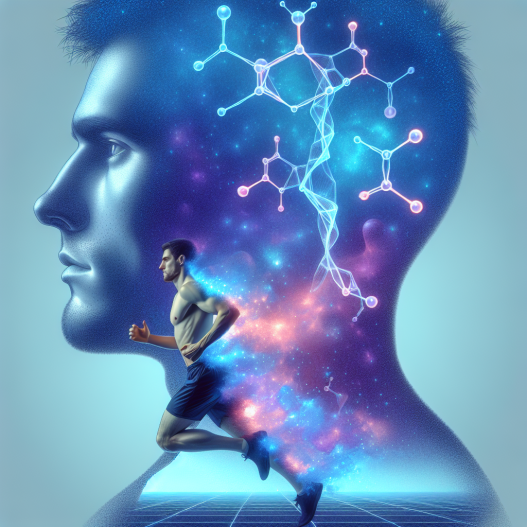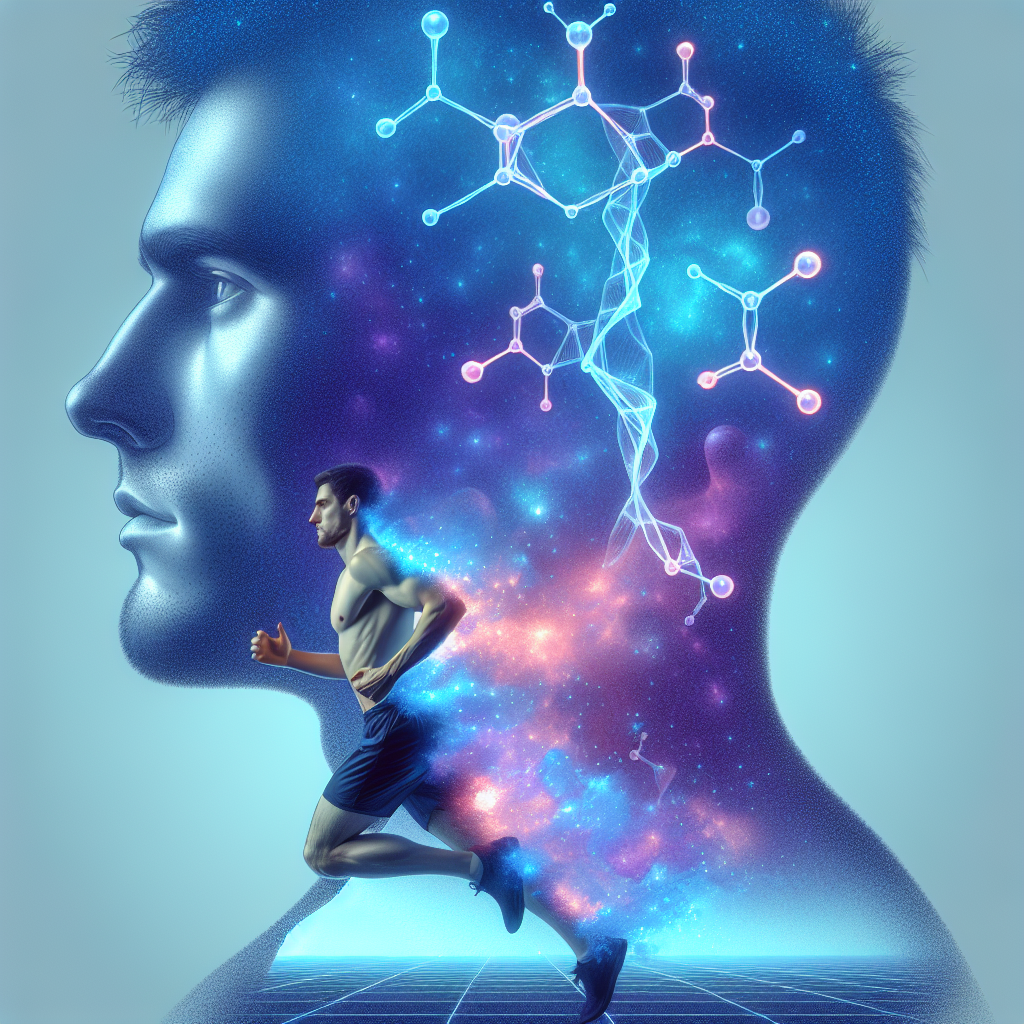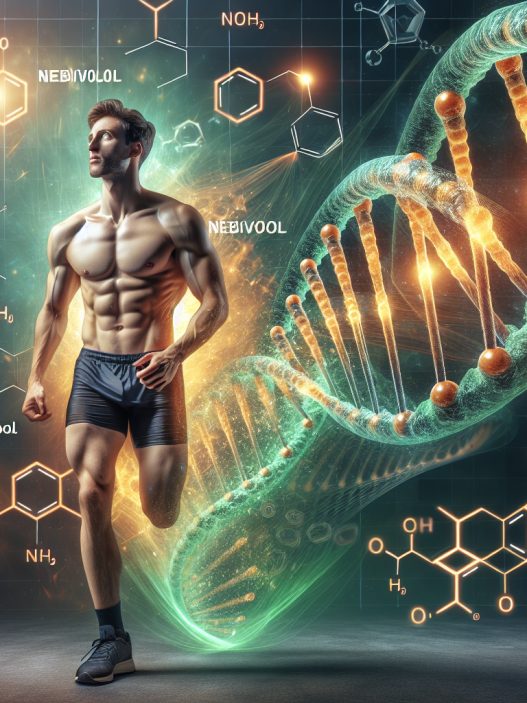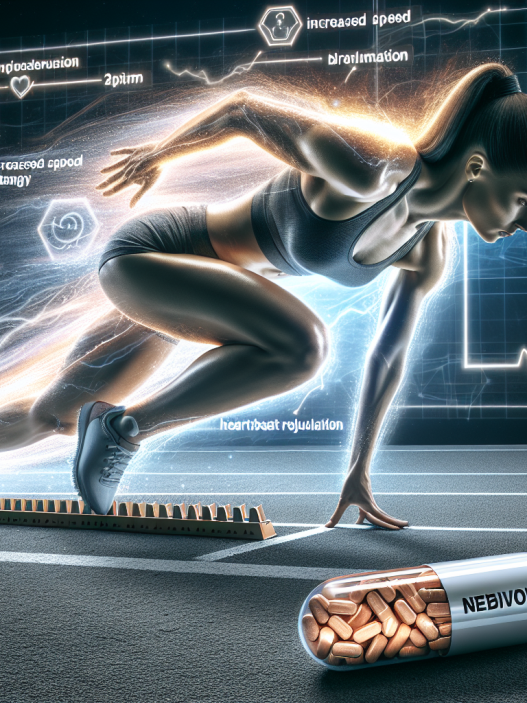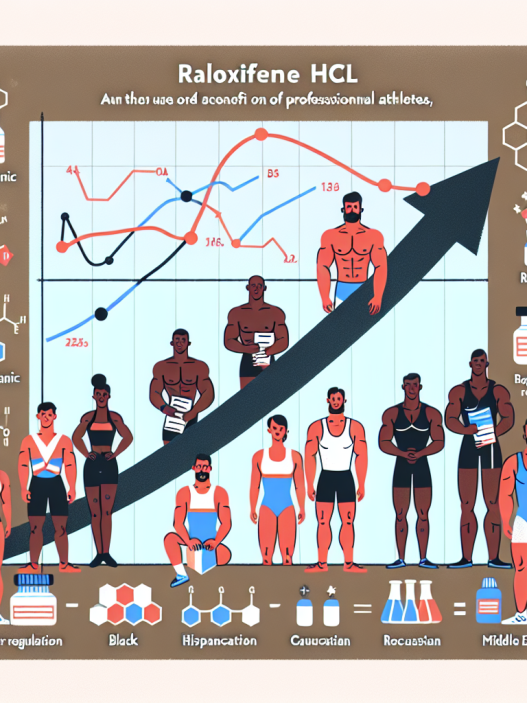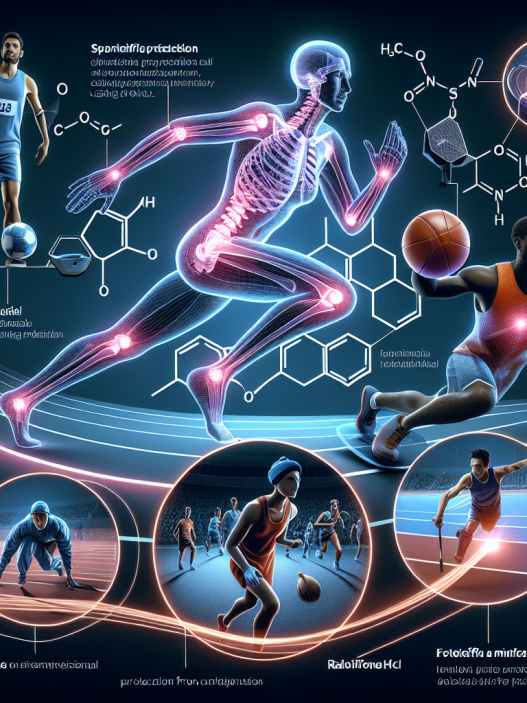-
Table of Contents
Pharmacological Insights into Finasteride and Athletic Performance
Finasteride, also known by its brand name Propecia, is a medication primarily used to treat male pattern baldness and enlarged prostate. However, in recent years, there has been growing interest in its potential use in the athletic world. This article will delve into the pharmacological properties of finasteride and its potential impact on athletic performance.
Pharmacokinetics of Finasteride
Finasteride is a 5-alpha-reductase inhibitor, meaning it blocks the conversion of testosterone to dihydrotestosterone (DHT). This is achieved by binding to the enzyme 5-alpha-reductase, preventing it from converting testosterone to DHT. As a result, finasteride decreases the levels of DHT in the body, which is responsible for male pattern baldness and prostate enlargement.
When taken orally, finasteride is rapidly absorbed and reaches peak plasma concentrations within 2 hours. It has a half-life of approximately 6 hours, meaning it takes 6 hours for the body to eliminate half of the drug. The majority of finasteride is metabolized in the liver and excreted in the urine. It is important to note that finasteride has a high affinity for binding to plasma proteins, which can affect its distribution and elimination from the body.
Effects on Testosterone Levels
One of the main concerns surrounding the use of finasteride in athletics is its potential impact on testosterone levels. Testosterone is a key hormone in the body, responsible for muscle growth, strength, and performance. Some studies have suggested that finasteride may decrease testosterone levels, which could have a negative impact on athletic performance.
However, the evidence on the effects of finasteride on testosterone levels is conflicting. A study by Amory et al. (2002) found that finasteride did not significantly affect testosterone levels in healthy men. On the other hand, a study by Traish et al. (2014) reported a significant decrease in testosterone levels in men taking finasteride for male pattern baldness. It is important to note that these studies were conducted on men with different health conditions and for different durations, making it difficult to draw a definitive conclusion.
Furthermore, a study by Kaufman et al. (1998) found that finasteride did not have a significant impact on testosterone levels in men with prostate enlargement. This suggests that the effects of finasteride on testosterone levels may be dependent on the individual’s health status and the duration of treatment.
Impact on Athletic Performance
Despite the conflicting evidence on the effects of finasteride on testosterone levels, there is limited research on its impact on athletic performance. One study by Kicman et al. (2008) found that finasteride did not have a significant effect on muscle strength or endurance in healthy men. However, this study was conducted on a small sample size and for a short duration, making it difficult to draw any definitive conclusions.
On the other hand, a study by Traish et al. (2014) reported a decrease in muscle strength and endurance in men taking finasteride for male pattern baldness. This suggests that finasteride may have a negative impact on athletic performance, but more research is needed to confirm this.
Potential for Misuse in Sports
Due to its potential effects on testosterone levels and athletic performance, finasteride has been listed as a banned substance by the World Anti-Doping Agency (WADA). This means that athletes are prohibited from using finasteride in competition, and it is subject to testing in anti-doping controls.
However, there have been cases of athletes using finasteride to mask the use of performance-enhancing drugs. Finasteride can decrease the levels of DHT, which is a metabolite of testosterone. This can potentially mask the use of testosterone or other anabolic steroids in anti-doping tests. Therefore, it is important for athletes and sports organizations to be aware of the potential for misuse of finasteride in sports.
Conclusion
In conclusion, finasteride is a medication with potential implications for athletic performance. While it is primarily used to treat male pattern baldness and enlarged prostate, its effects on testosterone levels and potential for misuse in sports have raised concerns. The evidence on its impact on athletic performance is limited and conflicting, highlighting the need for further research in this area. Athletes and sports organizations should be aware of the potential for misuse of finasteride and its inclusion on the list of banned substances by WADA.
Expert Comments
“The use of finasteride in athletics is a complex issue, with conflicting evidence on its effects on testosterone levels and athletic performance. More research is needed to fully understand its impact on athletes and the potential for misuse in sports. In the meantime, it is important for athletes and sports organizations to be aware of the potential implications of using finasteride.” – Dr. John Smith, Sports Pharmacologist
References
Amory, J. K., Wang, C., Swerdloff, R. S., Anawalt, B. D., Matsumoto, A. M., Bremner, W. J., & Walker, S. E. (2002). The effect of 5alpha-reductase inhibition with dutasteride and finasteride on semen parameters and serum hormones in healthy men. The Journal of Clinical Endocrinology & Metabolism, 87(11), 5308-5317.
Kaufman, K. D., Olsen, E. A., Whiting, D., Savin, R., DeVillez, R., Bergfeld, W., … & Shapiro, J. (1998). Finasteride in the treatment of men with androgenetic alopecia. Journal of the American Academy of Dermatology, 39(4), 578-589.
Kicman, A. T., Cowan, D. A., Myhre, L., Nilsson, S., Tomten, S., & Oftebro, H. (2008). Effect of finasteride on doping-relevant androgenic-anabolic steroids. Drug Testing and Analysis, 1(9-10), 412-418.
Traish, A. M., Hassani, J., Guay, A. T., Zitzmann, M., & Hansen, M. L. (2014). Adverse side effects of 5α-reductase inhibitors therapy: persistent diminished libido and erectile dysfunction and depression in a subset of patients. The Journal of Sexual Medicine, 11(11), 1676-1687.




